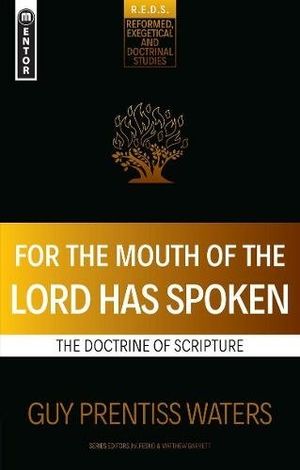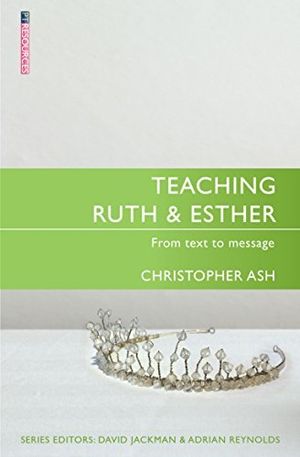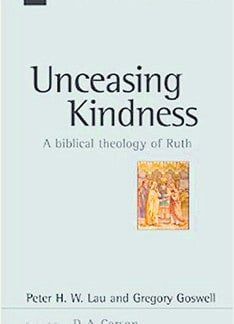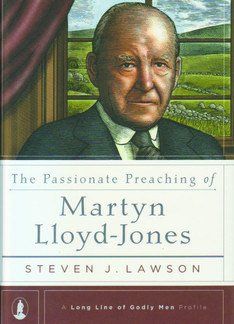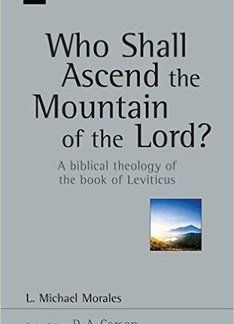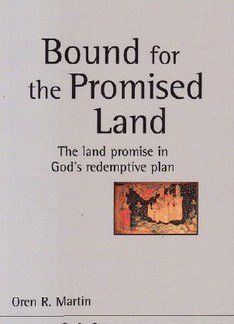The King James Bible
At a time when many in the evangelical world have abandoned the King James Version (KJV) of the Bible — or Authorised Version, as it is called in Britain — we find radio and television documentaries, newspaper articles and special exhibitions waxing eloquent in praise of this seventeenth century English production.
‘The book that changed the world’ and ‘A masterpiece of biblical proportions’ are just two of the titles that have grabbed the public’s attention. But why all this sudden interest?
It is because 2011 marks the 400th anniversary of the publication of this Bible version. There is almost universal agreement that the KJV has had an enormous effect on the language, literature, culture, religion and national life of the UK. It has also had a profound influence on people all over the world, especially the USA.
King James
It was the first of the Stuarts, James I of England and VI of Scotland, who enthusiastically encouraged a new English version and set in motion the whole enterprise. He disliked the popular Geneva Bible because of its notes, which he considered undermined the ‘divine right’ of kings to rule.
The idea of a new translation had been in his mind for some time. He had even tried to make a start himself with the Psalms. But in England at the time there was no great interest in a new translation. The Puritans were satisfied with the Geneva Bible and the rest of the Anglicans with the Bishops’ Bible.
James fancied himself as a theologian and peacemaker and early in his reign, aware of different factions in the Anglican Church, summoned a conference of churchmen and theologians at Hampton Court ‘for the hearing and determining of things amiss in the Church of England’.
The conference met in January 1604 and proved a disappointment to those eager for more ecclesiastical reform. So when John Reynolds, the leader of the Puritan delegation, seemed to propose a new Bible translation, the king saw it as a way to appease the disgruntled.
Thus it was resolved that ‘A new translation be made of the whole Bible, as consonant as can be to the original Hebrew and Greek; and this to be set out and printed without any marginal notes, and only to be used in all churches of England in time of divine service’.
Translators
All are agreed that the translators were among the leading biblical and linguistic scholars of the day. James decreed that 54 of the ‘best learned’ from the two universities south of the border, Oxford and Cambridge, should begin the task of translating, and that their work should be ‘reviewed by the bishops and the chief learned of the church’.
They were formed into six panels — two meeting at Westminster, two at Cambridge and two at Oxford. The first panels in each place were assigned the Old Testament — Westminster, Genesis – 2 Kings; Cambridge, 1 Chronicles – Song of Songs; and Oxford, Isaiah – Malachi.
The second Oxford panel was assigned the Gospels, Acts and Revelation; the second Westminster panel the New Testament epistles; and the second Cambridge panel the Apocrypha.
When each panel had completed its task, twelve delegates, two from each panel, were chosen to meet together at Stationers’ Hall in London to review and revise the entire translation. The bishops of Winchester and Gloucester were appointed to look over the whole work and make final adjustments.
While the majority of the 47 scholars identified were establishment men, two notable Puritans were among the translators: John Reynolds, President of Corpus Christi College, Oxford; and Laurence Chadderton, Master of Emmanuel College, Cambridge.
Original texts
Until the Reformation period, the Western church was not interested in the original languages in which the Bible was written. Only from the beginning of the 16th century were grammars and dictionaries of biblical languages produced and editions of Hebrew and Greek texts of Scripture published.
For the Old Testament (OT), the Hebrew Christian Ben Chayyim’s 1524-5 edition was used. This was based on manuscripts no older than the 14th century. However, with the discovery of the Dead Sea Scrolls in the 20th century, we can see how accurate the Jews were in copying the Scriptures over a thousand year period.
For the New Testament (NT), the translators followed a Greek text compiled by the Parisian printer Stephanus in 1550 and based on earlier work by the Catholic humanist, Erasmus.
Compared with the thousands of Greek manuscripts we have today, they had very few to consult, but even the Stephanus edition contained variant readings in the margin. The term ‘Textus Receptus’ (‘Received Text’) was only applied to this text after 1633. They also had available to them the Genevan scholar Theodore Beza’s latest edition of the Greek text of 1604.
Translation
Strict rules were laid down for the guidance of the translators. One of the most significant was the first rule: they were not allowed to produce a fresh translation; it was to be a revision of what already existed.
They were to use the Bishops’ Bible as their basis and only depart from it when the original languages demanded it. Marginal notes were only allowed to explain difficulties in the original, give variant readings and add cross-references.
Over the previous 80 years there had been one translation after another. At the time of the Reformation, only the Latin-based Wycliffe Bible existed in English. Then came Tyndale who translated the whole NT from the Greek (1526) and about half of the Hebrew OT.
This was followed by Coverdale’s Bible (1535) and John Rogers’ who used the pen-name ‘Matthew’ (1537). The Great Bible (1539), authorised by Henry VIII, was also the work of Coverdale. It was a revision of this that became the Bishops’ Bible (1568), commissioned to counter the Geneva Bible of 1560.
The Roman Catholics produced an English version of the Latin Vulgate, known as the Rheims-Douai version, completed in 1610. The translators of the King James were allowed to consult all these previous attempts and found them all helpful. The aim was, out of many good ones, to ‘make one principal good one’. But it has been calculated that 83 per cent of the NT is Tyndale’s; as well as 76 per cent of what he completed of the OT.
The revision followed an ancient tradition of preserving as far as possible the word and phrase order of the originals, rather than offering a more dynamic approach. But the KJV was no wooden production. It was a work to be heard publically as well as read privately, so they used a variety of English synonyms for the one original term.
Authorised?
The King James Bible was never authorised by act of parliament and there is no record of royal authorisation, but it was appointed by the bishops to be read in the churches.
How was it received? One Hebrew expert not appointed on account of his lack of team spirit, Hugh Broughton, predictably denounced it in no uncertain terms. He did have some grounds for complaint, in that some Hebrew variant readings placed in the margin should have been in the text, and concerning the over-use of English synonyms.
We have no record of what the king thought of it, but he did ban the printing of the Geneva Bible. Interestingly, in the introductory piece entitled ‘The Translators to the Reader’, the biblical quotations are all from that version hated by the establishment — the Geneva Bible!
In fact, until the Restoration of the Stuart kings in 1660, the Geneva Bible remained the popular version for pulpit and individual use. But gradually the new translation gained in popularity, so that for nearly 300 years it has been the accepted version, dear to Christians all over the English-speaking world.
We do not have today the exact text published in 1611. Various editions have been produced to remove glaring mistakes, modernise spelling and add more marginal notes. One famous misprint that resulted in costly fines for the printers was the omission of the ‘not’ in the Seventh Commandment.
When complaints were made in the 19th century that the original had been greatly altered, Oxford University Press reprinted an exact copy of the 1611 edition that showed there were no substantial differences.
Influence
The KJV has had a much greater influence on the English language than Shakespeare. Few appreciate how much biblical phraseology is employed in everyday speech. But most of the biblical words and phrases in common use were not inventions of the KJV translators. It is rather William Tyndale we can thank for ‘scapegoat’, ‘the skin of my teeth’, ‘a law unto themselves’ and many more such phrases.
We thank God for the way he has used the KJV to make many ‘wise unto salvation through faith which is in Christ Jesus’ (2 Timothy 3:15). Pray that he would use the current exhibitions and media interest to call people back to the Bible and its unique message for all nationalities.
Philip H. Eveson


